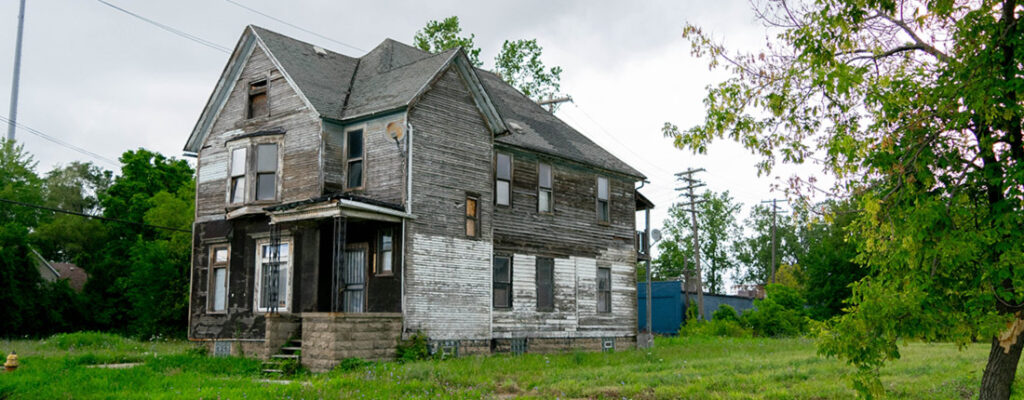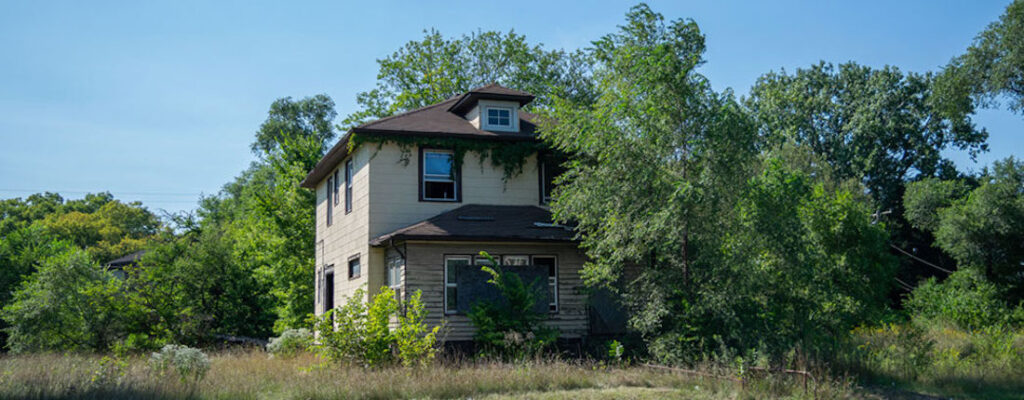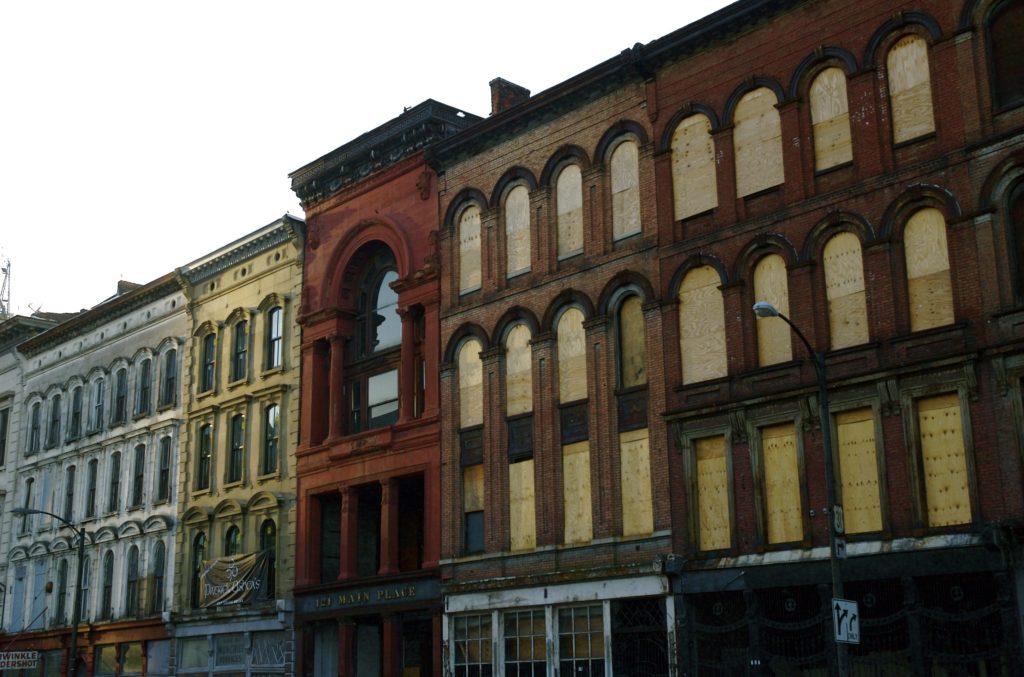Blog
Code Enforcement System
Any views or opinions represented in this blog post belong solely to the guest blog author. By: Sarah B. Mancini and Margot Saunders, National Consumer Law Center The historical abuse of “contract for deed” transactions to drain communities of color of home equity is well documented. In these land contracts, the…
Read More »One can learn a lot about tackling abandoned properties from Baltimore’s Vacants to Value. However successful it’s been, at getting abandoned properties back into use, though, there are real risks in overselling that achievement. The core element of that program, simply stated, is an effective means of getting developers to…
Read More »In my first post on this theme, I wrote about the thinking behind Baltimore’s highly successful effort to get private developers and property owners to rehabilitate vacant properties and put them back to use. As I noted, the key element in the strategy is creating a predictable pipeline of vacant properties…
Read More »In 2010, the City of Baltimore kicked off an ambitious effort to address its vacant property challenges, an effort it called Vacants to Value (V2V). After five years, the city decided to commission an in-depth evaluation of the program, and after a competitive process, retained the Center for Community Progress,…
Read More »New Orleans has undergone many transformations in the 10+ years since Katrina. Today, with over half of New Orleans’ residents living in rental housing, and rents rising sharply in many neighborhoods across the city, affordability is becoming an acute problem. These are the findings of a new independent assessment conducted by the Center…
Read More »Code enforcement is an important tool for addressing blighted property conditions and stabilizing neighborhoods. When we talk about that, however, we often focus on vacant, blighted property, and less so on occupied, blighted property. Many City and land bank-led initiatives have programs to demolish and rehab vacant, abandoned properties,…
Read More »Thirteen of the 19 participating Hardest Hit Fund states will receive additional dollars allocated through a competitive application process that required state Housing Finance Agencies (HFAs) to demonstrate an ongoing need for additional funding to prevent foreclosure and stabilize markets. According to Treasury, states receiving additional funds under the final…
Read More »Originally posted on the National Housing Institute’s Rooflines blog We know a few things about the majority of very low-income renters: They live in private market housing, not tax credit projects or public housing. They receive no housing subsidies. They are paying far more than they can afford for what…
Read More »What is the cost of blight? We know that vacant properties cost cities through lost property tax revenue, and that they also bring down the property values of surrounding homes in the neighborhood. We know that cities have to spend considerable funds on activities like mowing lots or boarding up…
Read More »Today, Treasury announced how it will allocate the additional $2 billion dollars for the Hardest Hit Fund (HHF) program approved by Congress last December. HHF funding will be allocated among participating States in two phases of $1 billion each. States have until December 31, 2020, to utilize funds, extended…
Read More »









